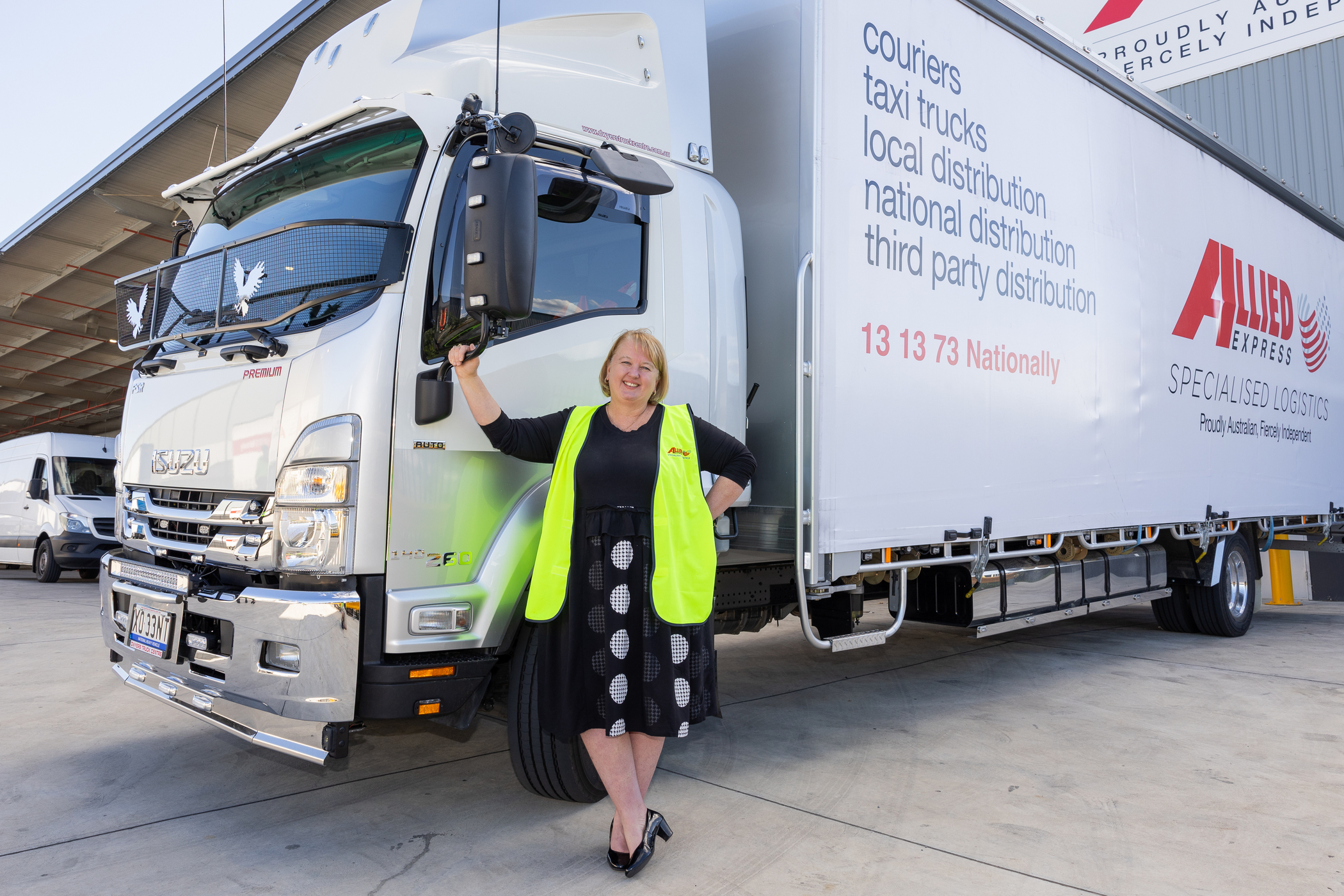Restraining Your Load: Why Do It?

When managing transport loads using capital equipment such as trucks, safety is a factor that simply cannot be overlooked.
Specifically, when looking at restraining your load, it’s critical to remember that incorrectly managed loads can be a huge risk not only to the vehicle itself, but also to the driver and other road users. While restraining loads may seem like a straightforward process, there are some ground rules to follow to ensure risk is mitigated, from the point of load to the safe handling of your cargo at the other end. But why must we restrain loads in a certain way? What are our legal obligations, and the risks associated with not complying to load restraint rules? It is perhaps most important that all truck operators should have a basic understanding as to why we have laws in place around load restraint. So to help everyone in the road transport supply chain understand all of this and more, we’ve penned this introductory article on load restraint. Safety This is as simple as it is straightforward. Unrestrained or improperly restrained loads can kill or injure. And also, if a load…- … falls off the truck, the lives of other road users can be endangered either through a direct collision or by causing other drivers to swerve to avoid contact.
- … moves forward on the truck, it could pierce the cabin, injuring the driver and/or passengers.
- … is badly loaded, it can make the vehicle unstable; it could also cause rollover or significant damage to the vehicle.
 Legally speaking
There’s no grey area here. It’s a legal requirement to restrain your load at all times.
Failing to comply can lead to harsh penalties.
But more importantly, in the case of a road accident, failing to comply can escalate beyond monetary penalties.
There are legal obligations to consider when restraining loads, as explained by the National Transport Commission.
Legally speaking
There’s no grey area here. It’s a legal requirement to restrain your load at all times.
Failing to comply can lead to harsh penalties.
But more importantly, in the case of a road accident, failing to comply can escalate beyond monetary penalties.
There are legal obligations to consider when restraining loads, as explained by the National Transport Commission.
- You are legally obliged to ensure your load does not come off your vehicle, even during a minor collision or under heavy braking in normal traffic conditions.
- You are legally responsible to ensure your load is restrained to avoid or minimise any instability of the truck while driving.
- You are legally obliged to ensure that loads do not protrude from out of the vehicle, obstructing other road users.
 Second nature
Instilling processes and practices that ensure the correct restraint of loads benefits every business comprising a road transport element—think good workplace safety, no losses to damaged goods, lower insurance premiums…
Therefore, these processes should become second nature and an established part of your business operations.
To fully understand the scope of load restraint, it’s worth getting to grips with the latest National Transport Commission Load Restraint Guide 2018, which covers a comprehensive range of topics from legal and CoR obligations to step-by-step guides on how to restrain different types of loads.
Stay tuned for our next article on this subject, where we’ll take you through a simple step-by-step guide on how to best restrain a load. While on the subject… check out a few examples of how not to restrain your load.
Second nature
Instilling processes and practices that ensure the correct restraint of loads benefits every business comprising a road transport element—think good workplace safety, no losses to damaged goods, lower insurance premiums…
Therefore, these processes should become second nature and an established part of your business operations.
To fully understand the scope of load restraint, it’s worth getting to grips with the latest National Transport Commission Load Restraint Guide 2018, which covers a comprehensive range of topics from legal and CoR obligations to step-by-step guides on how to restrain different types of loads.
Stay tuned for our next article on this subject, where we’ll take you through a simple step-by-step guide on how to best restrain a load. While on the subject… check out a few examples of how not to restrain your load.



Playtime’s over, get $3,500* to spend on extras.
If you’re ready to get serious about tackling bigger jobs, grab yourself an NLR 45-150 AMT SWB Traypack from the Ready-to-Work range for $62,990 drive away*. And to prove we aren’t playing, buy any NLR Traypack before June 30 and you’ll get $3,500* to spend on genuine accessories or an Essentials service agreement.
Learn more



